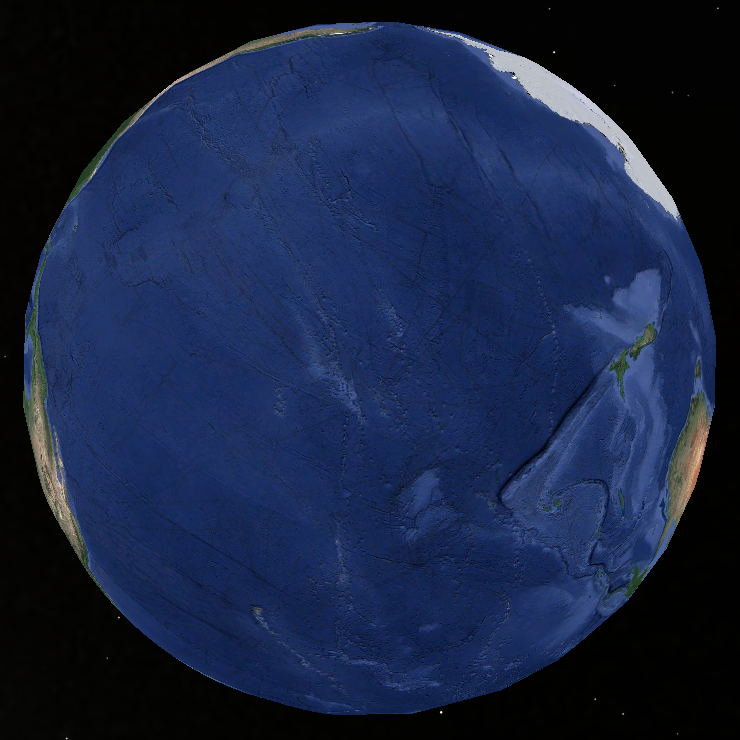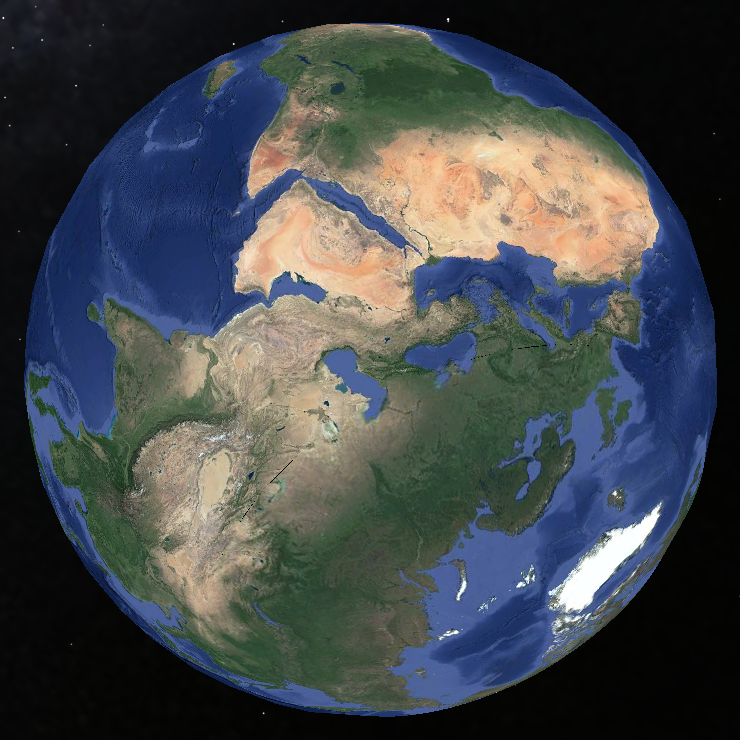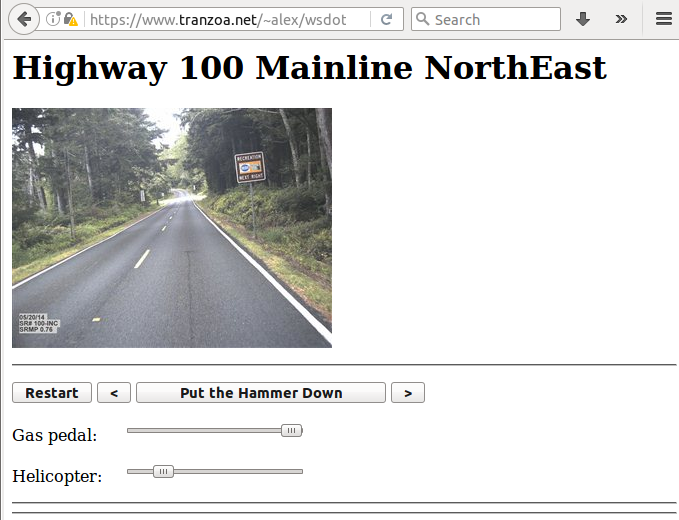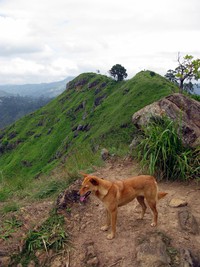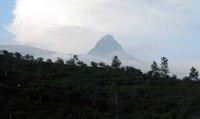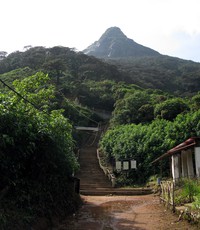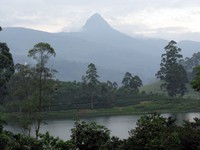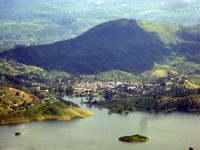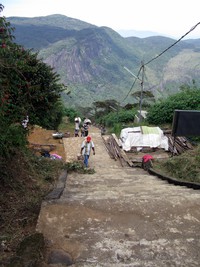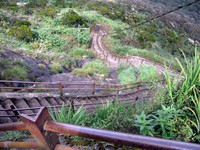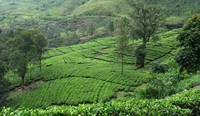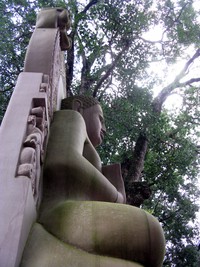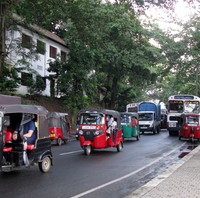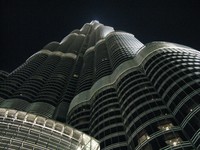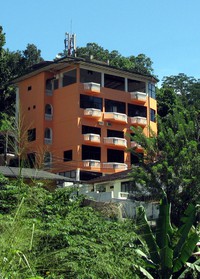Well, after nearly two weeks in Panama, I should have something to say.
Aaaaarrrrgggghhhhh. My bright red legs hurt!
But that’s not what I’ve found most interesting.
Most interesting is the Albrook Bus Terminal and Mall in Panama City.
Albrook is big, new, effective and popular.
Albrook blows sky high an impression of Latin America I got in the 70’s and 80’s. Where are the gentry – those rich people who fly above the rabble? They aren’t in Albrook. Albrook Mall is straight off the big, indoor mall production line. McDonald’s? Of course. Burger King? You bet. Multi-screen theater? Sure. And all those cloned stores that populate malls everywhere.
The differences: Albrook Mall seemed to have Christmas-level shopping going on. Crowded. And I don’t remember any anchor stores.
But cities? Pfffft. So I went to the San Blas Islands. These islands are on what you might call the north east coast of Panama. Apparently, that section of the country is operated relatively independently from the rest of Panama. It’s populated and run by the Kuna people – an indigenous group.
Though the Panama City Mamallena hostel aims their customers to Franklin Island, I routed myself to the 2nd choice, Robinson Island. It was an easy decision.
The other people on the island, mostly backpacker types, were quite nice and from scattered places. Canada, Switzerland, Italy, Auz, Kiwi-land, GB, Argentina, and EU.
I couldn’t help delighting in the guests’ occasional reverence toward the Kunas’ “traditional way of life”. One guy (to his credit, verified as an independent thinker) was especially keyed on the traditional-Kuna life, Luddite don’t-change-anything, the islands will soon be under the rising global warming sea, etc faith. I was kind and only asked some vaguely probing questions, letting the answers stand for themselves. Perhaps someday he’ll notice the contrast in time scales between two things he noted:
- Sinking islands – in a 50 to 100 year time frame, no less!
- Robinson Island had “changed so much” since he’d been there a year or two earlier. Yeah. Funny how dough coming in the door “changes everything”.
My off-hand, dinner comment that the local people might be making their living building bio-tech products in 50 years got some fairly blank stares. I didn’t even note that some of the Kuna might be living in Africa or Central Asia or Europe while doing do.
What I saw was an operation that competed with similar places in Fiji, Thailand and the Red Sea – to pick a global girdling set of warm places. The island I was on doesn’t have Internet yet, but does have cellular. A couple years from now there will be visitors who lament that “This area used to be so unspoiled. There wasn’t even Internet.”
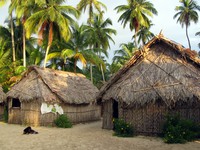
Knowing what you want is so hard. Robinson Island had the essence of a greener-grass fantasy I’ve had for years: snorkeling when I want, at a moment’s notice, with no preparation needed. And nice weather. And even “volleyball.” Note the quotes. Soccerball. Medicineball. Whatever. It was fun and exhausting to satiation.
So, I’ve lived the dream.
In reality, I forgot swim trunks. My one pair of shorts were wet all day. And, well, out of the water, air conditioning would have been nice. Restricting swimming to morning and evening is no problem. But, to me, sun-bathing is right up there with watching the grass grow. So, the mid-day needs something good to do out of the sun.
It’s a pity that mid-day reading in a hammock under a shady palm beneath a cloudy sky didn’t work out well for my lower legs. Ouch, ouch, ouch. Can’t stand up without “some discomfort,” as they say. Like, it takes a minute of work to do so.
Scott, Sam and I took a Blue Bird bus down to Yaviza, at the end of the Pan-American Highway. The sense of the road I got was US in the 50’s. There are still (as in the 70’s and 80’s in parts of Latin America I visited) tire repair places at odd intervals. Our bus used one.
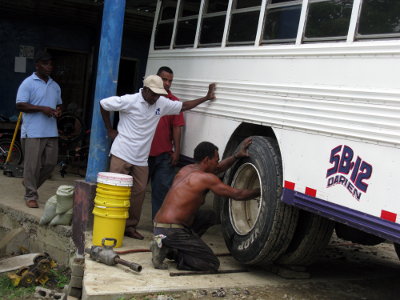
The housing lagged that of the 50’s US. But the road’s painted lines were often of the modern yellow-middle/white-side type that California, but not Oregon, could afford in the 60’s. And there were cell towers all the way down the line. Say all the bad things I want about cellular companies, but the fact is they are having a profound, positive effect on the world.
The buses were without chickens and unmarked bags of food-stuff. And no one was on top.
Panama is a country with lots of construction – tall buildings in the city and Levittown types of developments north of the city. They are in a moving-forward stage. And it sure doesn’t look all driven by American retirees. I’m impressed.
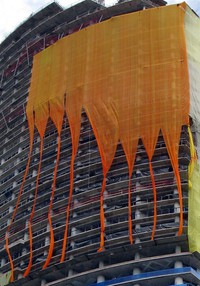
Though, as others note: the trash is sad. Trash everywhere. I can see why Singapore puts so much effort in to cleanliness. Your town can be broke, but if it’s clean, no one pities you, thank your stars.
Which brings us to Boquete, a town at 3500 feet and, as I write this at 9:30PM is actually cold. Well, cool, anyway.
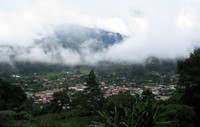
Boquete has a gob of American retirees who have apparently run property values up and expect them to go higher. And the town has a number of hostels for backpacker types. Hippies even sell jewelry on the sidewalk. I’m not comfortable here. There is supposed to be hiking and a very long zip line. Both, I want to do, but with the legs and general tiredness it’s not clear what will happen here. I’m not unaware that I could switch out of the little dorm room here at Mamallena’s and in to an up-scale hotel with a lot more comfort to ease the pain. Nah. I’ll hope to get some strength back tomorrow. Maybe rent a scooter and buzz around some. I did walk around today. Saw a rather unusual “garden”. The pictures won the race with this blog post to the Internet. The place, El Explorador, had lots of little thoughtful sayings scattered around. And whimsically painted rocks and other such odd-balls things. And a goat. And a swing.
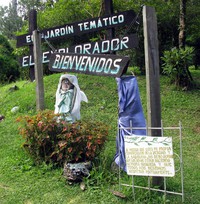
So. A good walk of some miles.
